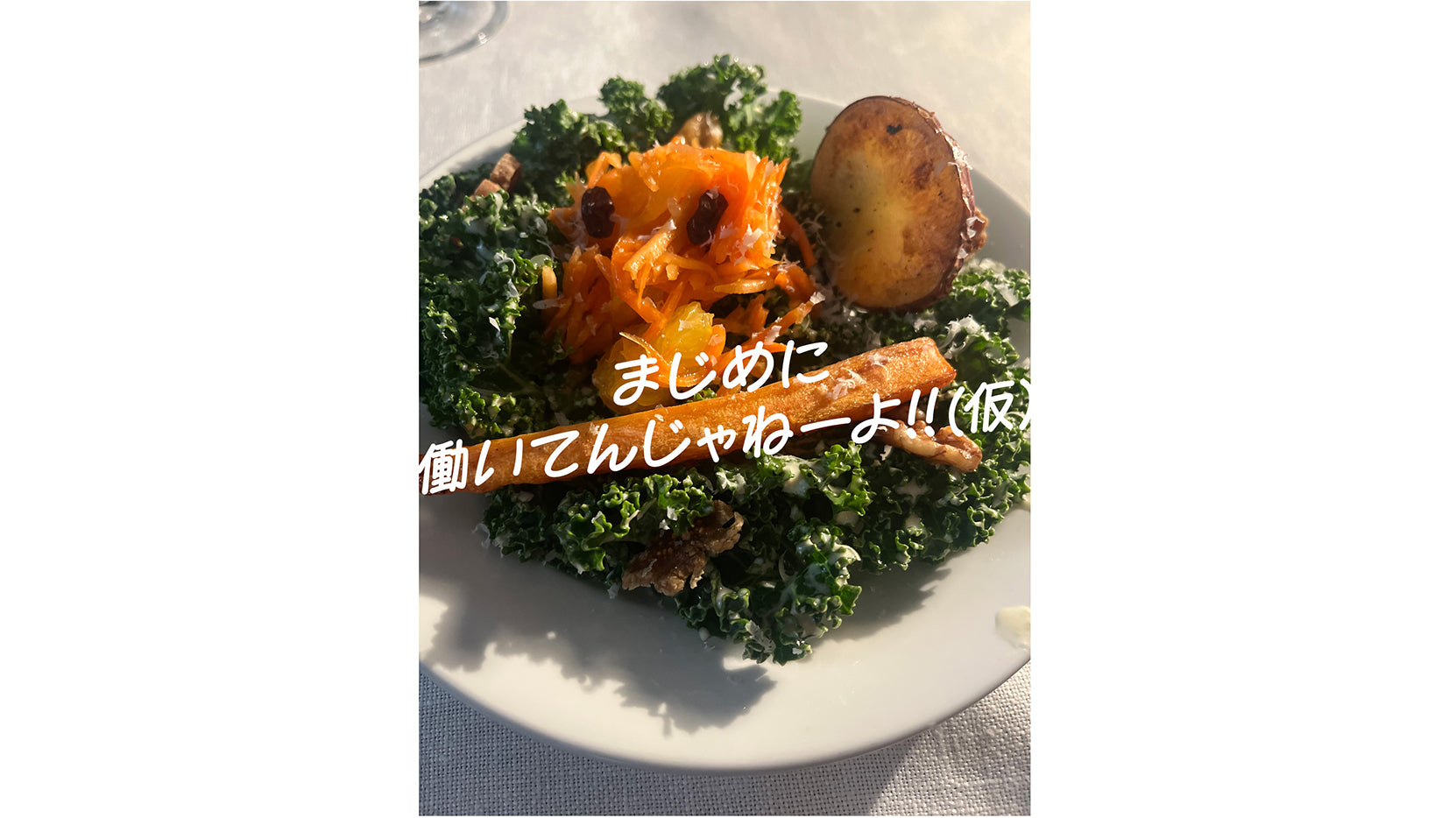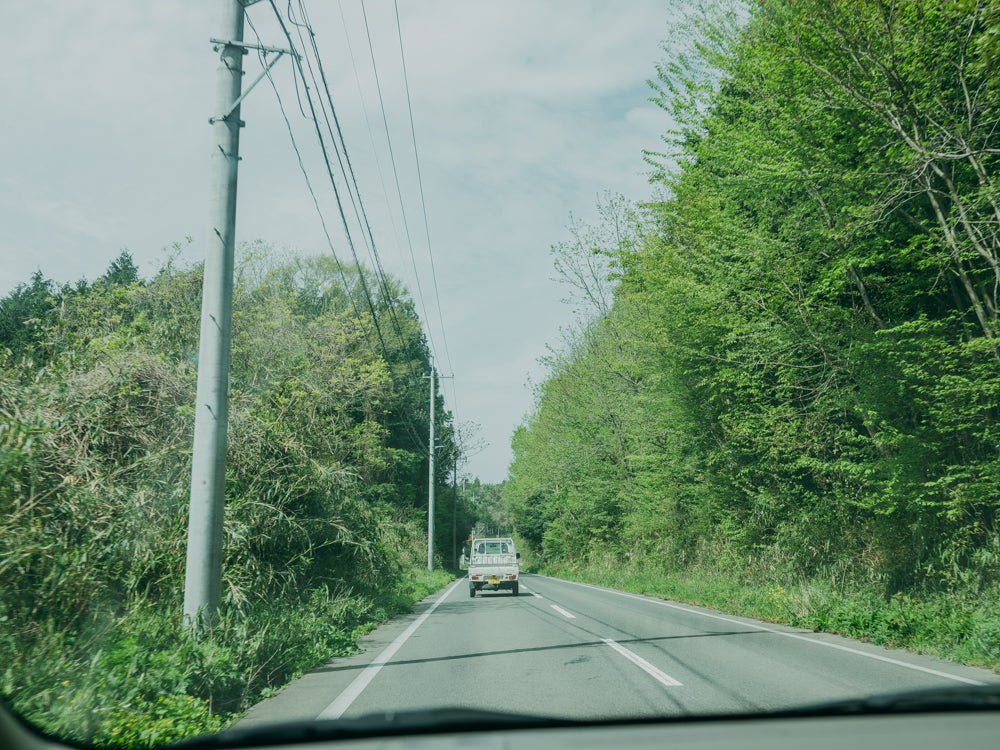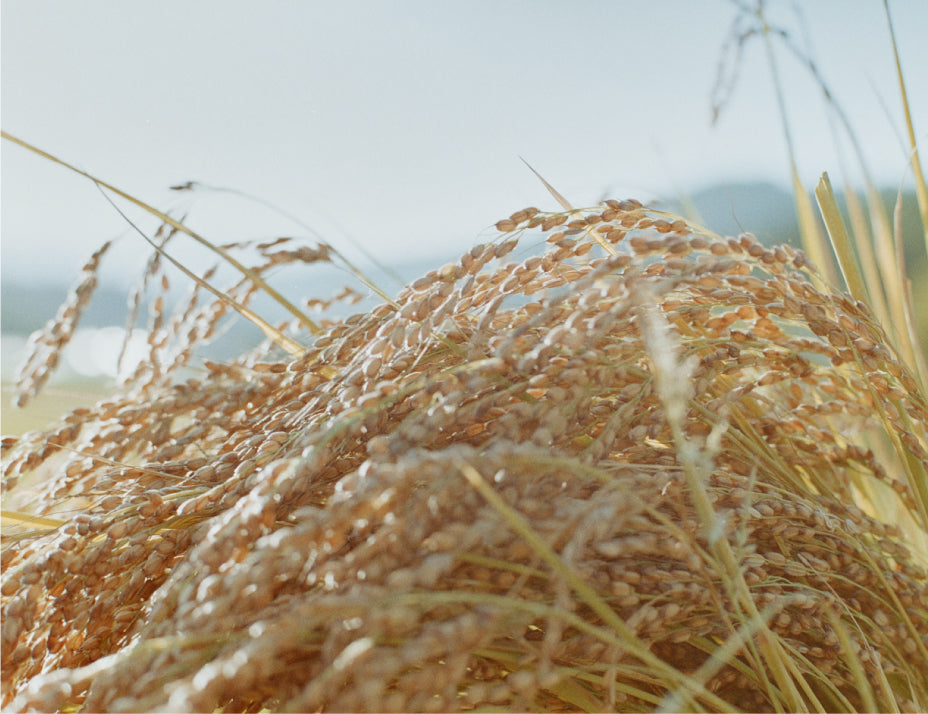Akio Hasegawa's interview series "Don't work seriously!! (tentative title) Vol.03 Yuuki Souma Part 1"




Fashion director and stylist. He has been involved in the production of the British magazine "MONOCLE" since its launch and built the foundation for its fashion pages. In 2014, he became the magazine's fashion director. He served as the fashion director of the magazine "POPEYE" from 2012 to the fall of 2018. In 2019, he will launch the fashion web magazine "AH.H" in collaboration with Houyhnhnm, and in 2023, "CAHLUMN" and "andreM hoffwann".
Originally from Shiga Prefecture. As the director of the "Tsuduku wo Taberu Club" food and beverage division of "D&DEPARTMENT PROJECT," he travels around Japan to develop menus that utilize local ingredients and food culture, and also plans events. In 2024, he published his first book, "Tsuduku wo Taberu Shokudo," which summarizes his activities in the food industry. On October 29, 2024, he will pre-open the online members-only supermarket "Table to Farm."
The setting for this conversation was the CAHLUMN STORE in Ochanomizu, the base of CAHLUMN, the brand that Hasegawa directs.
At this place that offers not only clothing but also food, we had the opportunity to speak to them about all manner of food-related topics, including agriculture, fishing, producers, and more.
This "CAHLUMN STORE" uses some of the ingredients that are sold through "Table to Farm," but first, could you please explain what " Table to Farm " is?
Is it like an online select shop?
Yes, that's right. It might be better to call it a supermarket rather than a select shop.
According to the release, this is a supermarket where you can experience the "simple taste" of which only 0.1% is currently distributed. The "simple taste" refers to the "exceptional deliciousness" that is born from the interweaving of nature and people encountered during travels. We heard that they are also considering opening an actual store in the future.

Yes. I think that starting online was the first phase. I don't think there has ever been an initiative like this before. In other words, it was an attempt to properly deliver safe products to our members.
Yeah, yeah.
"Table to Farm" is also a membership-based service, but I think it needs to be carefully designed so as not to lean too much towards economic rationality, such as the number of members.
Is it still closed now?
As it is currently in pre-opening mode, it is by introduction only, with the official launch taking place on Friday, July 25th. There are two reasons for making it a members-only system. The first is that we don't want to open it up too much and end up becoming something completely different from what we had originally envisioned.
The other is the food system, and we created "Table to Farm" as a place where consumers can take action related to production through the choices and concrete actions of those who eat at their dinner tables. In doing this, producers say the biggest problem is when people come to the production site as if they are tourists. We decided that a certain level of trust would be best, so we opted for a membership-based approach .
Rice is a big issue these days, isn't it? In that situation, people are divided into those who want to eat delicious food and those who just want something cheap.
A while ago, there was a story about Sukiya , which uses 100% domestic rice, and Yoshinoya , which uses a blend of mainly domestic and imported rice (some stores only use domestic rice).
Yes, there was.

I'm in the world of clothing, so I've noticed that Japanese-made clothes are disappearing for quite some time. But I've always felt that it's a bad thing. The reason why Japanese-made clothes are good is because they support the country's own industry and create jobs. I've always liked New Balance, and I only recently realized why. It's because they still make American-made shoes. It's not that they're good because they're made in America, but I think it's important that they're an American brand making shoes in America and that they're trying to protect their own country's industry.
I think I understand.
There's talk about making school lunches organic, and I'd love to see that happen.
You want your children to eat safe food.
I think that in both the world of clothing and the world of agriculture, a culture has been created where strange things are used to make strange things. I think it would be better if everyone thought a little more about eating proper food. In that sense, I think what "Table to Farm" is doing is a great thing.
thank you.
This article is exclusive to monthly members
To read more
All articles are free to read. All content is free during the trial period.
Buy a Monthly Membership Log in